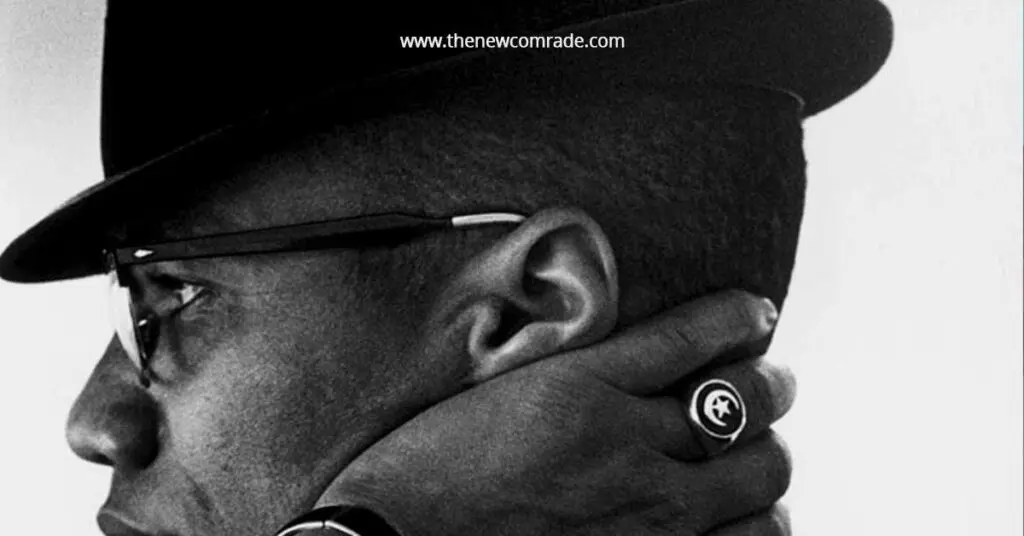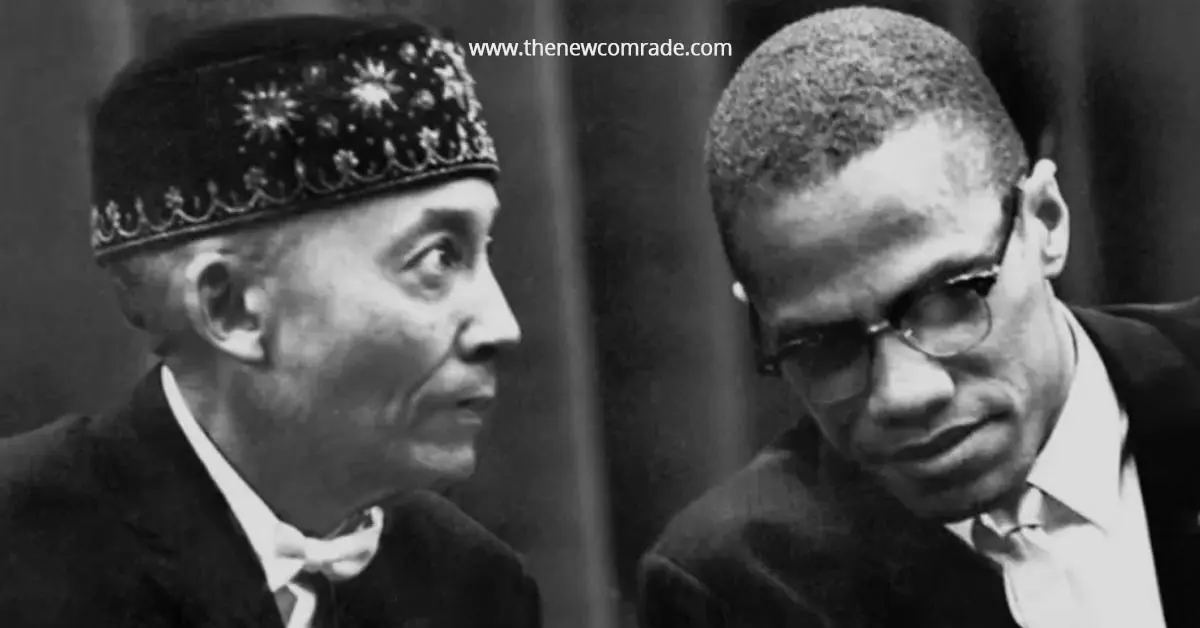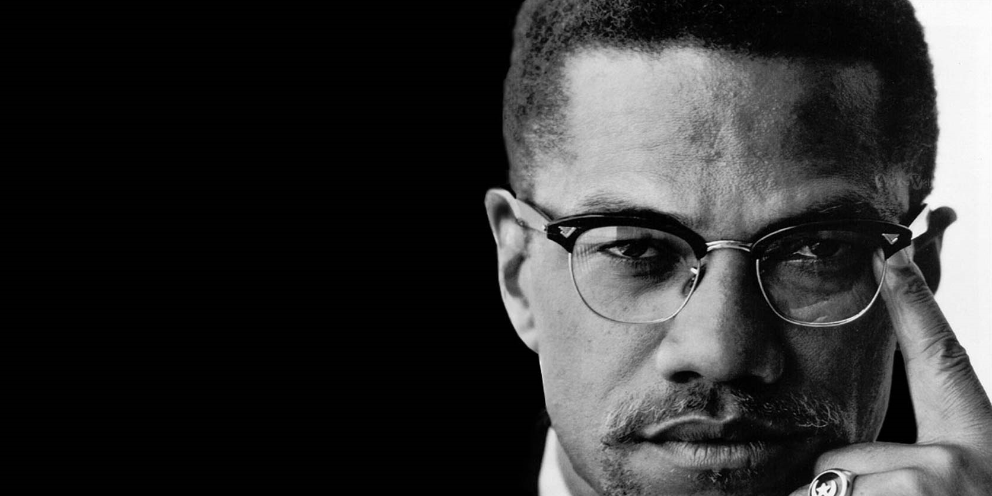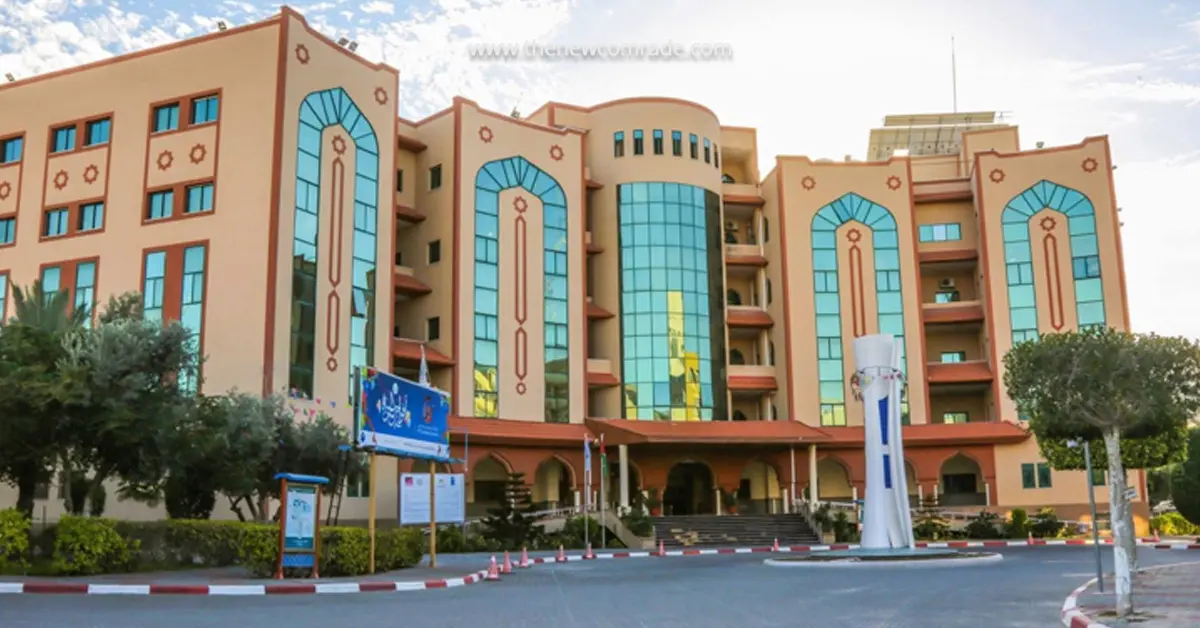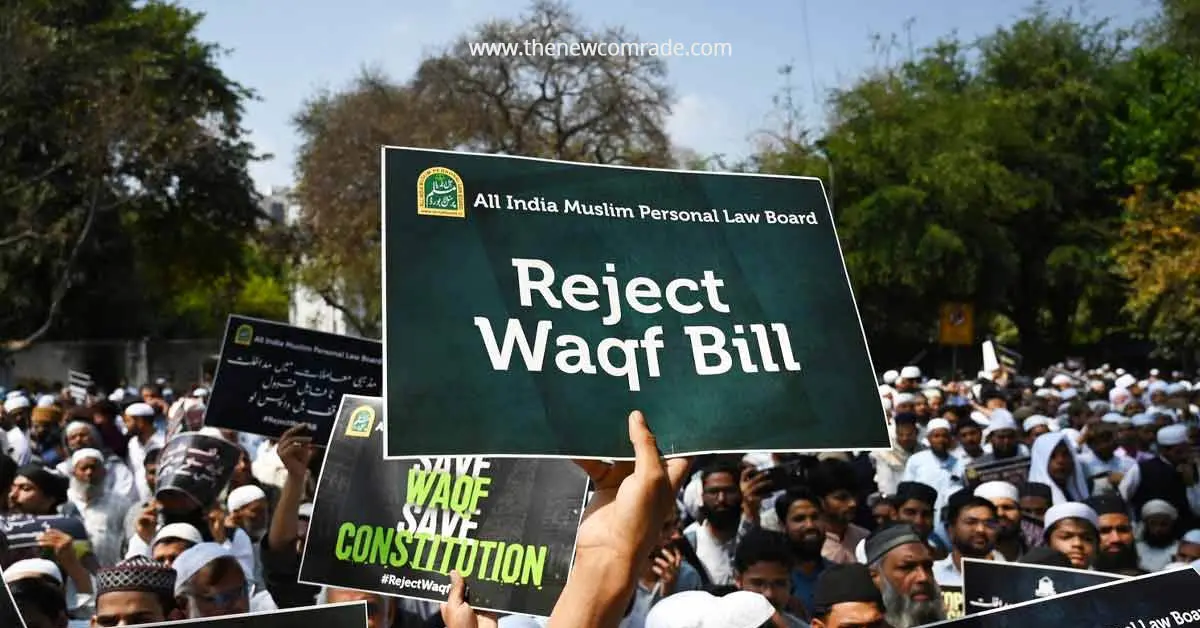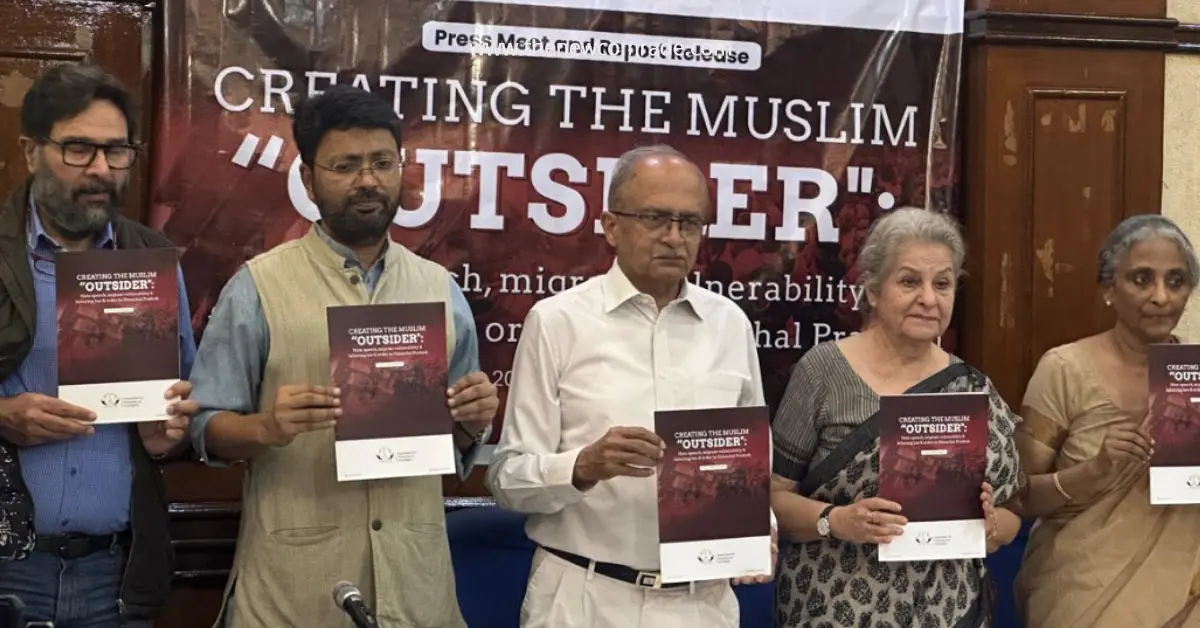This article is the second part of the series “Malcolm X: Between Blackness and Islam”. Find the first part here
The Second Conversion
The second conversion of Malcolm is visibly centered on his split from the Nation. Malcolm was in fact ousted from the movement. Some would try to understand this process as the second and last conversion in his life; a process that begins with his separation from the Nation and the embracing of Sunni Islam. A good part of scholarly attention on Malcolm portrays this as a sudden, dramatic and heroic one. An overview into the literatures surrounding Malcolm would speak a lot in support of this claim. It is rather clear when we get familiar with the fact that it was the Autobiography of Malcolm X that laid the foundations for these literatures.
Manning Marable criticizes Alex Haley for having a secret agenda in presenting Malcolm’s conversion as a heroic one1. Such extreme accusations on the foundational work on Malcolm is rather serious when we consider the ramifications. While there is the possibility that Haley was just trying to make Malcolm’s entrance into the Nation by making it appear dramatic and highlighting his pre-Islamic criminal life, the autobiography has nevertheless preserved the various transformations he went through in his later years including his disillusionment of Elijah Muhammad, his religious and political philosophies and conflicting loyalties. It also seems necessary to note here that Malcolm has never described his entrance into Islam with the word ‘conversion’ in his autobiography. The use of the term ‘conversion’ here is not the representation of the writer’s argument, but to encompass the conflicting narrations related to the subject in question.
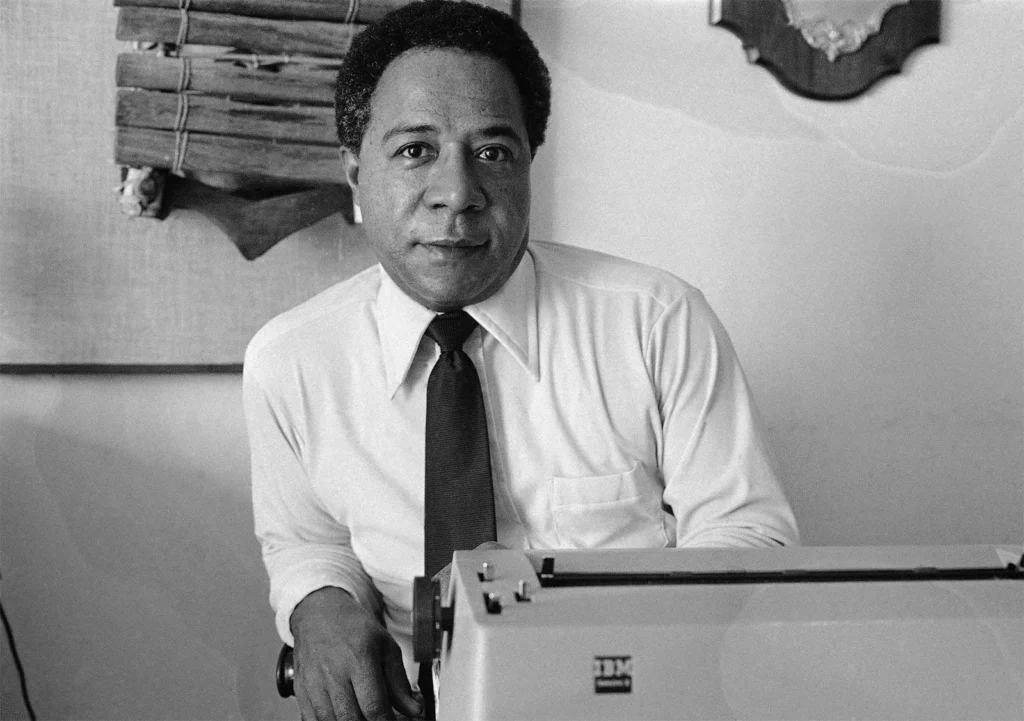
Anyway, the autobiography indicates that Malcolm- before being suspended from the Nation- hasn’t questioned Elijah Muhammad and his approaches to civil rights and Islam. What a reader reads from the autobiography is, Malcolm’s religious and political orientation that characterized his later years only had taken this path after he left the Nation. Edward Curtis, while addressing this issue notes that: “While Malcolm himself may have genuinely felt this way about his activities during the last year of his life, quite a different pattern emerges from the available sources”.2
Whereas the popular conception of Malcolm revolves around the autobiography’s dissemination, a good number of scholars, as contrary to the autobiography’s indications have tried to trace out Malcolm’s meeting with the ideas that he staunchly held onto in his later years, even before his split from the Nation and Elijah Muhammad. This is what Les Payne seems to have in mind when he writes: “Although pan-Africanism and orthodox Islam came to the fore in Malcolm’s last year, these currents were hardly new in his thinking”.3
After publicly announcing his departure from the Nation, Malcolm created two organizations: the Muslim Mosque Inc. (MMI) and Organization for Afro-American Unity (OAAU). The first one was a religious group and the second, a purely secular one. In what follows, how and when this conflict started disturbing Malcolm and how he approached the problem from then to ultimately come up with the solution of two distinct and separate organizations to address both racial and religious issues separately
would be analyzed in detail.
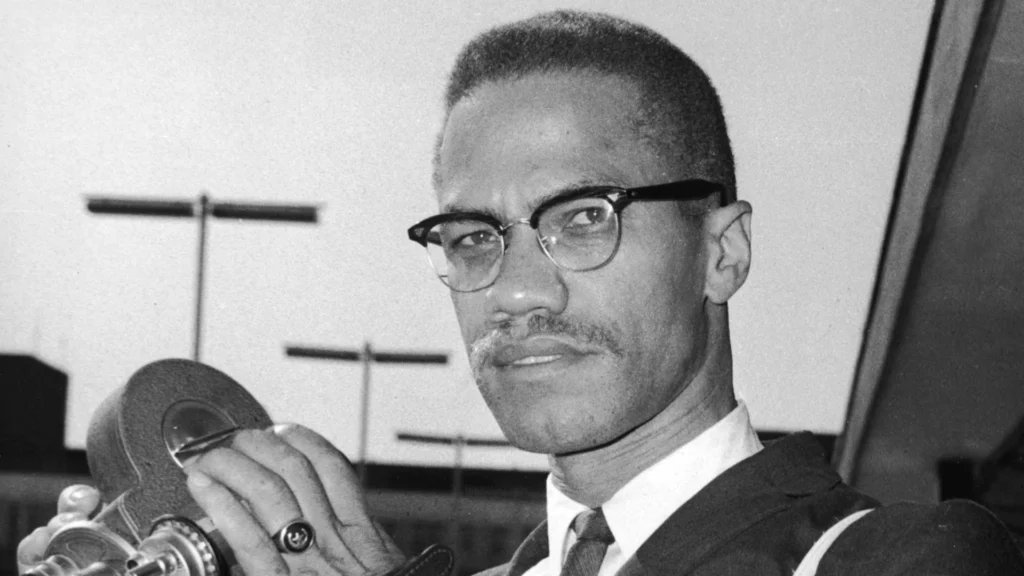
While discussing his hajj experience, it seems necessary to describe another journey of Malcolm to Afro-Asia, that is not widely known and that happened years before his hajj. While the autobiography provides information on Malcolm’s African trips following his hajj, it remains completely silent on the trip He made to African-Asian countries in 1959 following the invitation of Egypt president Nasser. Nasser originally invited Elijah Muhammad, but Malcolm was sent to Cairo by His mentor. Malcolm visited many African-Asian countries collecting, experiences of what He might have understood as the ‘Black Continents’.4
During this trip, Malcolm experienced his first encounter with Africa and the Muslim world. His initial response enriched by His first-hand experience was to propose the solidarity between the African-Asian world and the Black Americans. He saw in his trip new horizons to internationalize the Black American problem. The pan-African thought he later explicitly became the champion of, should have begun in its rudimentary forms during this travel. However, the letter He wrote to the ‘Pittsburgh Courier’ provides insights into the thinking patterns that Malcolm has carried with him. He stated in the letter which he wrote from Saudi
Arabia: “The people of Arabia are just like our people in America in facial appearance. They are of many differing shades, ranging from regal black to rich brown, but none are white. It is a safe postulation to say that 99 per cent of them would be Jim-crowed in the United States of America“.5
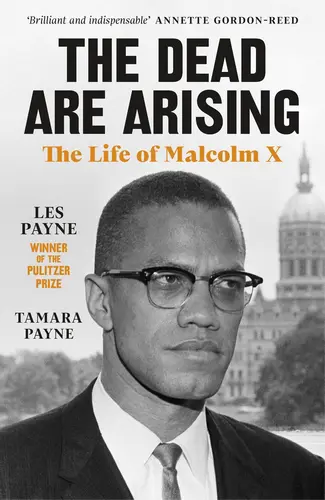
This thought of Malcolm, imagining an exclusive international Black solidarity from a platform of Islam that was non-white implied that although being encountered with Eastern Islam directly, He was hoping to form a unity between colored Muslims of Afro-Asia and the Black Americans. His assumption that 90% of them would be Jim-crowed in the U.S. implies to his efforts to find a common ground between the Muslim world and Black Americans.
Perhaps the fact that Muslim world contains white people might not have hit him hard or might have chosen to avoid it in favor of his vision. But these assumptions could not be proved and seems unlikely though he had previous encounters with immigrant Muslims from America itself. He might have only met non-white Muslims from Asia with rare exceptions as contrary to his hajj experience. However, from this vantage point, at least one correct assumption could be made regarding the thought pattern of Malcolm. Point being He was not overwhelmed with the traditional Muslims continuously reminding him to stay away from any racialist or particularistic philosophies, resultantly leading him to think about fresh approaches to deal with it.
Many mainstream Sunni Muslim groups, naturally comprising of immigrant Muslims, had always tried to question the legitimacy of Elijah’s version of Islam and the authenticity of his prophet hood. However, in 1959, there were more vicious attacks on the legitimacy of Elijah Muhammad and the Nation of Islam. Malcolm, being the national spokesperson of the Nation of Islam sought to counter these attacks. What was rather ironic, as mentioned in the earlier parts of this chapter, Malcolm countered their attacks by using references from the Qur’an itself. He quoted the qur’anic verse 20:102 as “The day when the trumpet is blown, and we shall gather the guilty, blue-eyed, on that day” 148 in support of the argument that Whites were devils. Robert Payne countered Malcolm by stating Malcolm’s narration of the text as wrong.149 Malcolm lacked the academic resources on the
traditional Sunni Islam to further this debate.
To be continued…
References
- It is important to note here that most of Marable’s controversial claims were discussed and dismissed by
the larger scholar community. Also see, Gillespie, Alex. 2010. “Autobiography and Identity: Malcolm X as
Author and Hero.” in The Cambridge Companion to Malcolm X, edited by Robert E. Terrill, 26–38.
Cambridge: Cambridge University Press. - Curtis, Islam and Black America, 88.
- Payne, 438.
- FBI, (1925-1965). Malcolm Little (Malcolm X) HQ File. https://vault.fbi.gov/malcolm-little-malcolm-x. Accessed on 26 February, 2021
- DeCaro, 141.
